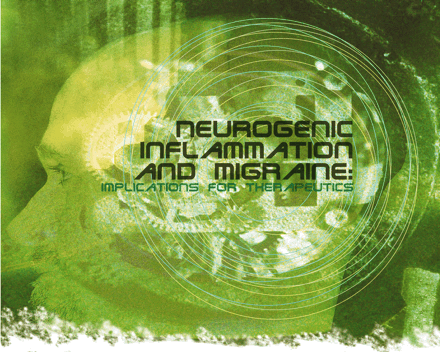NEUROGENIC INFLAMMATION AND MIGRAINE: IMPLICATIONS FOR THE THERAPEUTICS
Abstract
Significant recent advances in molecular pharmacology have elucidated the molecular pathways involved in neurogenic inflammation (NI). The release of tachykinins and endothelin-3 (ET-3) from trigeminal neurons induces dural vascular permeability and vasodilatation via activation of tachykinin receptor 1 (Tacr1) and endothelin receptor type B (Ednrb) on endothelial cells. Endothelial cell receptor stimulation results in cellular contraction, leading to plasma protein extravasation (PPE), which is the most recognized physiological hallmark of NI, and nitric oxide–induced vasodilatation. By contrast, the release of calcitonin gene–related peptide (CGRP) from trigeminal neurons—also a key physiological component of NI—does not affect vascular permeability but does induce neurogenic vasodilatation (NV) via the direct, (i.e., endothelium-independent) relaxation of vascular smooth muscle. The molecular pharmacology of NI is discussed within the context of migraine research and assesses the putative role of the two key physiological components of NI (i.e., PPE and NV) in migraine pathophysiology. The data indicate that the PPE component of NI plays no significant role in migraine but that NV is likely to be involved in migraine pathophysiology.

- © American Society for Pharmacology and Experimental Theraputics 2005



